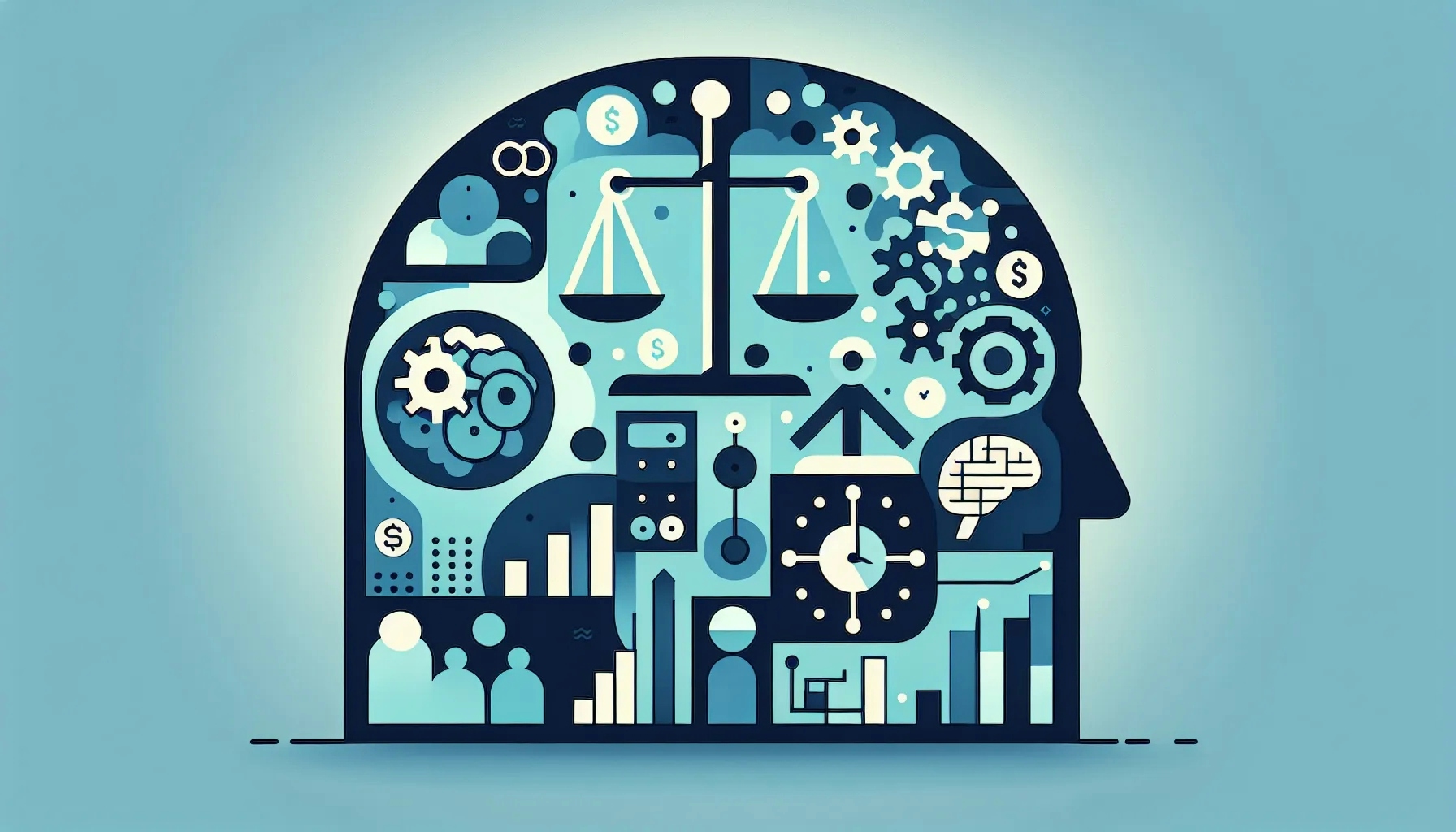Understanding Behavioral Economics
Economist Zone

Welcome to a comprehensive exploration of behavioral economics, a fascinating field that merges psychology and economics. This blog post aims to demystify the complex world of behavioral economics, shedding light on its principles, applications, and impact on our daily lives. We will delve into the heart of this subject, unraveling its core concepts and understanding how it shapes our decision-making processes.
The Genesis of Behavioral Economics
Behavioral economics emerged as a response to traditional economic theories. These theories, while useful, often oversimplify human behavior, assuming that people always act rationally and in their best interest. However, we know from experience that this is not always the case.
Behavioral economics, therefore, seeks to provide a more accurate model of human behavior. It acknowledges that we are not always rational, that our decisions are influenced by a myriad of factors, and that we often act against our own interests.
The field of behavioral economics was pioneered by psychologists Daniel Kahneman and Amos Tversky. Their groundbreaking work challenged the traditional economic model of rational decision-making, introducing concepts such as loss aversion and cognitive biases. Their research laid the foundation for the development of behavioral economics, paving the way for further exploration and understanding of this complex field.
Key Concepts in Behavioral Economics
Behavioral economics is built on several key concepts that challenge traditional economic theories. One of these is 'bounded rationality', a term coined by Herbert Simon. This concept suggests that our decision-making capabilities are limited by the information we have, our cognitive limitations, and the finite amount of time we have to make a decision.
Another important concept is 'heuristics'. Heuristics are mental shortcuts that we use to simplify decision-making. While they can be helpful, they can also lead to systematic errors or biases.
'Prospect theory', developed by Kahneman and Tversky, is another cornerstone of behavioral economics. It suggests that people make decisions based on the potential value of losses and gains rather than the final outcome. This theory explains why we often take unnecessary risks to avoid losses, a phenomenon known as loss aversion.
The Impact of Behavioral Economics on Policy Making
Behavioral economics has significant implications for policy making. By understanding how people actually make decisions, policymakers can design more effective policies.
For example, the concept of 'nudging' has been widely adopted in policy making. A nudge is a subtle change in the way choices are presented, which can influence people's behavior without restricting their freedom of choice.
The UK government, for instance, established a 'Behavioral Insights Team' in 2010 to apply behavioral economics principles to public policy. The team has achieved notable successes, such as increasing tax compliance and improving health outcomes, demonstrating the practical applications of behavioral economics.
Behavioral Economics in Business and Marketing
Businesses and marketers have also embraced behavioral economics. By understanding how consumers make decisions, they can design products, services, and marketing campaigns that appeal to consumers' behaviors and biases.
For example, many businesses use 'price anchoring', a strategy based on the behavioral economics concept of anchoring. This involves setting a high initial price (the anchor) that makes subsequent prices seem more attractive.
Similarly, marketers often use scarcity and urgency to drive consumer behavior. These tactics tap into our fear of missing out, a powerful motivator that can override rational decision-making.
Critiques and Limitations of Behavioral Economics
While behavioral economics provides valuable insights into human behavior, it is not without its critiques and limitations. Some critics argue that it oversimplifies complex behaviors and that its findings are not always replicable.
Others point out that behavioral economics often focuses on irrational behaviors, neglecting the fact that people can also behave rationally. Moreover, while behavioral economics can explain why we make certain decisions, it doesn't always provide clear guidance on how to change these behaviors.
Despite these limitations, behavioral economics remains a powerful tool for understanding human behavior. It provides a more nuanced view of decision-making, acknowledging the complexities and irrationalities of human behavior.
The Future of Behavioral Economics
The future of behavioral economics looks promising. As we continue to learn more about human behavior, the field is likely to evolve and expand.
One area of potential growth is the integration of behavioral economics with other disciplines, such as neuroscience and sociology. This interdisciplinary approach could provide even deeper insights into human behavior.
Moreover, as technology advances, we will have access to more data about human behavior. This data could be used to refine behavioral economics theories and develop more effective interventions.
Wrapping Up Our Journey into Behavioral Economics
We've embarked on a comprehensive journey through the world of behavioral economics, exploring its origins, key concepts, applications, critiques, and future directions. This field offers a more nuanced understanding of human behavior, acknowledging our complexities and irrationalities. Despite its limitations, behavioral economics holds great promise for the future, with potential to shape policy making, business strategies, and our understanding of ourselves.